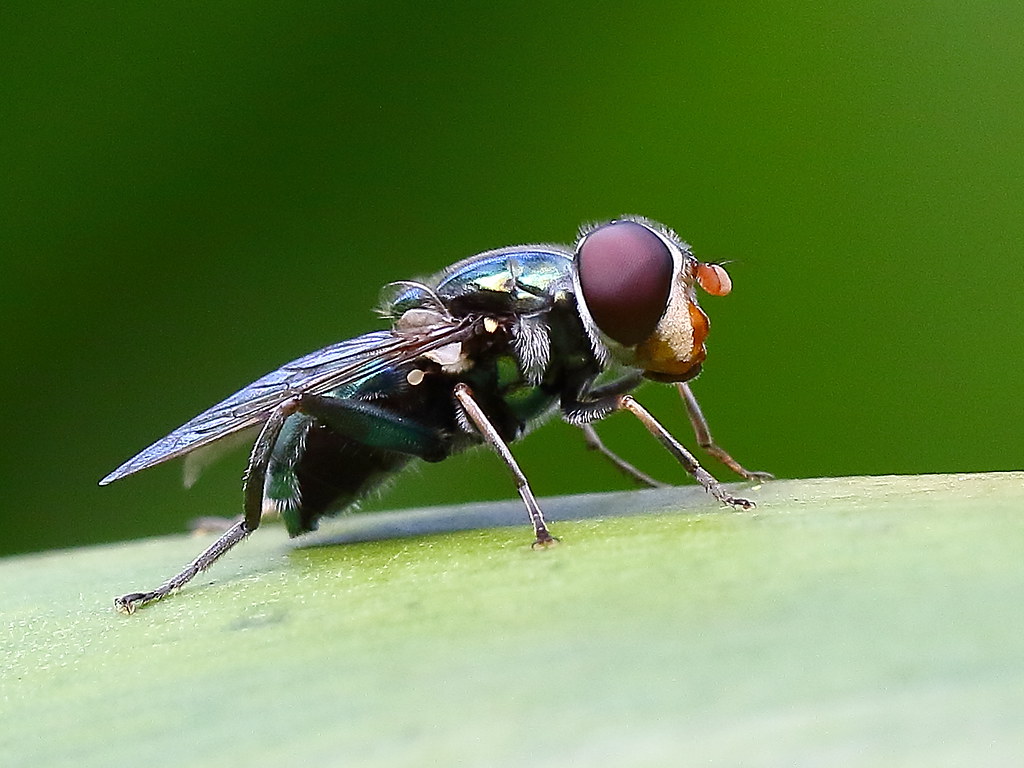When life ends in the wilderness, a remarkable and intricate process begins. Far from being a simple ending, death in nature initiates a complex cascade of decomposition that sustains countless organisms and recycles valuable nutrients back into the ecosystem. This natural recycling system depends on a diverse array of decomposers—from microscopic bacteria to scavenging mammals—that arrive in a predictable sequence to break down organic matter. Each decomposer plays a specialized role in this biological cleanup crew, transforming what was once a living organism into the building blocks for new life. The decomposition army works with remarkable efficiency, ensuring that nothing in nature truly goes to waste. Let’s explore the fascinating participants in this vital ecological process and discover how they transform death into an essential part of life’s continuous cycle.
The First Responders: Bacteria and Their Invisible Work
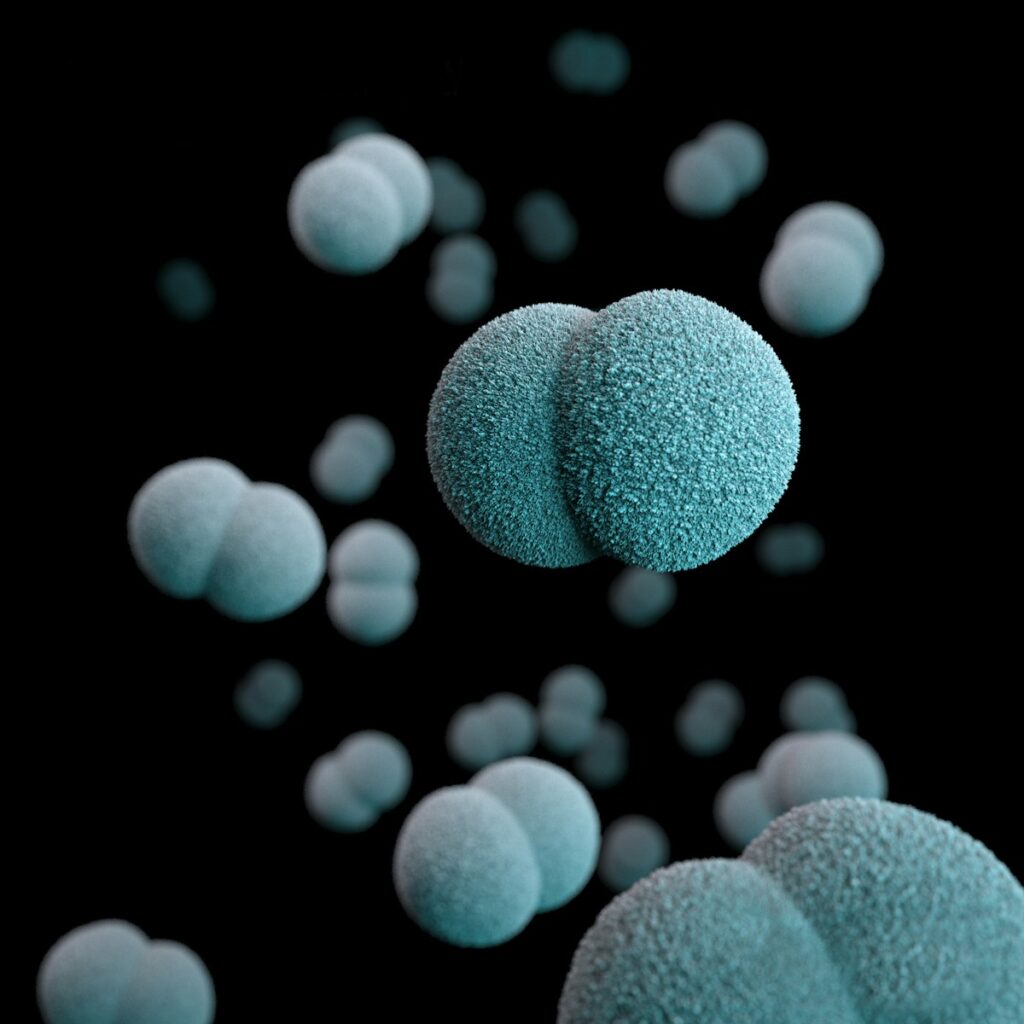
The decomposition process begins immediately after death, with bacteria already present inside the body taking the first shift in the breakdown process. These microorganisms, primarily from the digestive tract, begin to multiply rapidly once the immune system ceases to function, spreading throughout the body via the bloodstream. Within hours, these bacterial pioneers begin releasing enzymes that break down cells and tissues, initiating a process called putrefaction. As they metabolize the body’s tissues, they produce gases like hydrogen sulfide, methane, and carbon dioxide that cause bloating and create the characteristic odors associated with decomposition. This bacterial action is so efficient that in warm conditions, visible signs of their work become apparent within 24 hours, highlighting nature’s remarkable efficiency in recycling organic matter.
Insect Invasion: The Arrival of Flies
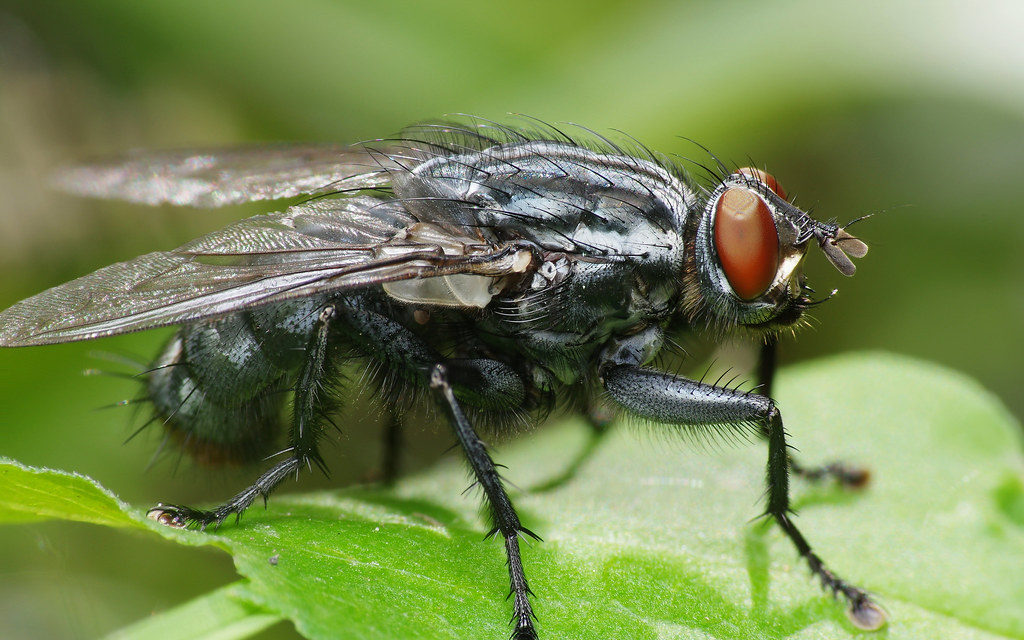
Following closely behind the bacterial first responders, flies detect the chemical signals of decomposition with astonishing speed and precision. Blowflies, flesh flies, and house flies can locate a deceased body within minutes to hours after death, sometimes traveling over a mile to reach it. Female flies immediately recognize the corpse as an ideal nursery for their offspring, laying hundreds of eggs in natural body openings or wounds. These eggs typically hatch within 24 hours, releasing the first wave of maggots that will feed voraciously on decomposing tissues. Interestingly, different fly species prefer different stages of decomposition, creating a succession of insect colonization that forensic entomologists can use to determine time of death with remarkable accuracy. This insect invasion represents one of the most visible and significant phases of the decomposition process in wilderness settings.
The Maggot Mass: Nature’s Efficient Digesters
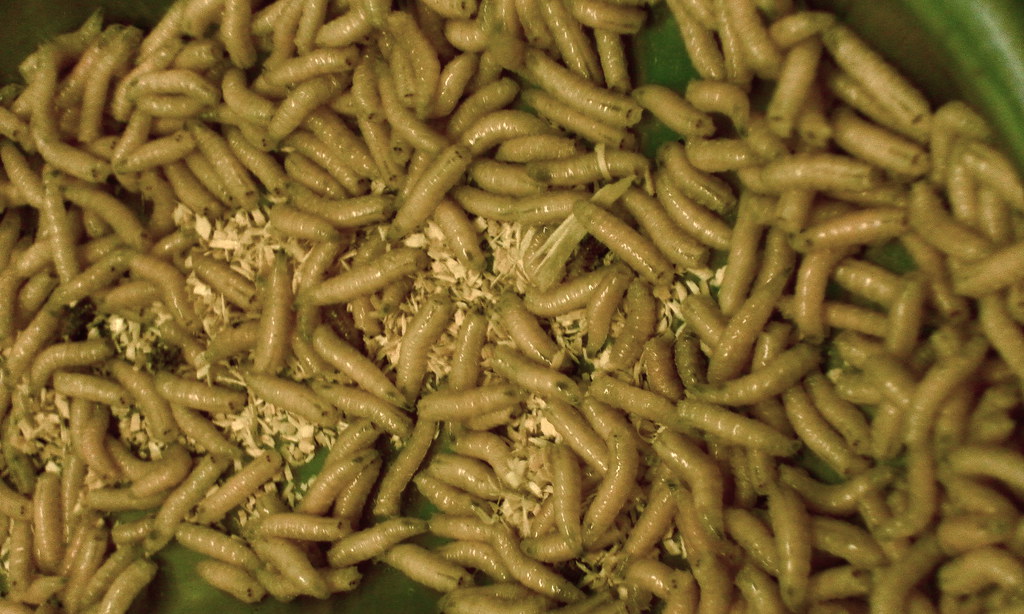
As fly eggs hatch, they release larvae—commonly known as maggots—that transform into one of nature’s most efficient decomposition mechanisms. These cream-colored, legless larvae aggregate into writhing masses that can contain thousands of individuals, generating significant heat through their collective metabolic activity. This heat, which can raise the temperature of a carcass by 10°C or more above ambient conditions, accelerates decomposition and creates a microenvironment that benefits the developing larvae. Maggots secrete powerful digestive enzymes that liquefy tissues, allowing them to consume large amounts of material in remarkably short timeframes. A substantial maggot mass can reduce a medium-sized mammal’s soft tissues by up to 60% within just a few days, demonstrating their crucial role in the rapid breakdown of organic matter in natural settings. The efficiency of maggots as decomposers is so impressive that medical science has adapted their use for wound debridement in certain clinical settings—a practice known as maggot therapy.
Beetles: The Cleanup Specialists
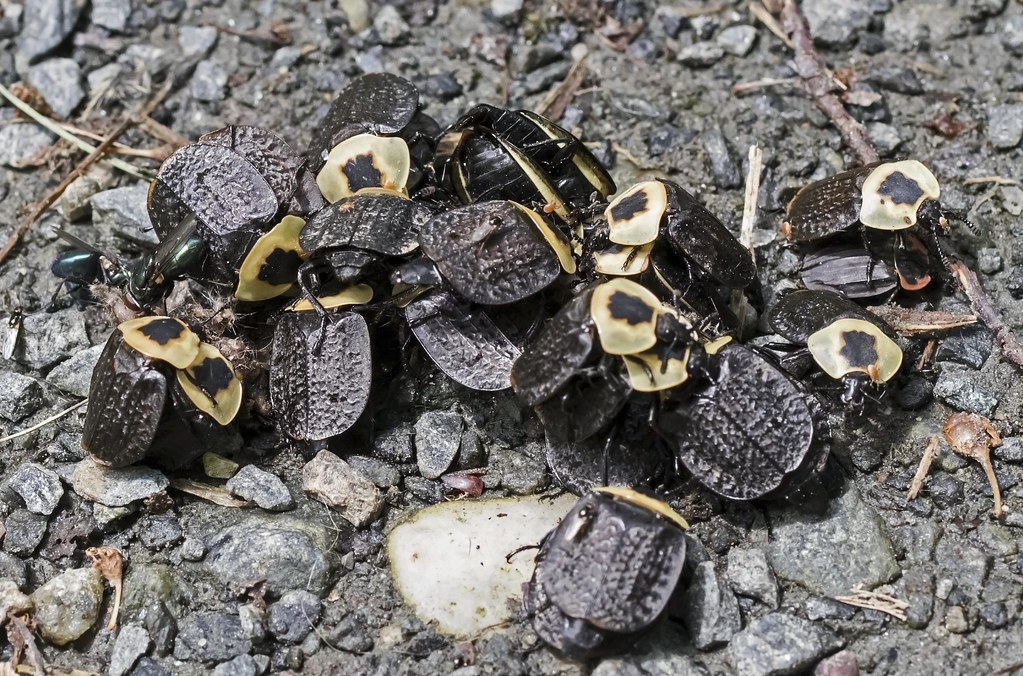
Following the fly larvae invasion, a diverse array of beetles arrives to continue the decomposition process, specializing in materials that other decomposers find challenging. Carrion beetles and hide beetles are particularly significant, with adults and larvae feeding on tissues that maggots leave behind. Some beetle species, such as the American carrion beetle (Necrophila americana), actually prey upon fly larvae, creating complex ecological interactions within the decomposition community. Dermestid beetles—often called skin beetles—specialize in consuming dried skin, tendons, and other desiccated tissues, efficiently cleaning carcasses down to the bone. These remarkable insects are so effective at skeletal cleaning that museums worldwide use dermestid colonies to prepare specimens for scientific collections. The arrival of beetles typically marks a transition to the advanced stages of decomposition, where the remaining materials require specialized digestive capabilities that these insects have evolved over millions of years.
Mites, Ants, and Other Arthropods: The Microscopic Cleanup Crew

As decomposition progresses, an astonishingly diverse community of smaller arthropods joins the process, often going unnoticed despite their significant contributions. Mites, some barely visible to the naked eye, arrive in tremendous numbers, feeding on decaying tissues, fungi, and even predating on other decomposers like fly eggs and larvae. Ants quickly locate carcasses and can efficiently transport surprising amounts of tissue back to their colonies, particularly in warmer climates where certain species can strip small animal remains in just days. Wasps may arrive to prey on maggots, while springtails and other tiny soil-dwelling arthropods process decomposition products that leach into the surrounding soil. These smaller decomposers collectively process significant amounts of material and help transition the remains into forms that soil microorganisms can further break down. The sheer diversity of this microscopic cleanup crew highlights the ecological complexity that surrounds even a single decomposition event in nature.
Vertebrate Scavengers: Nature’s Waste Management System

While invertebrates process much of a decomposing body, vertebrate scavengers play a crucial role in quickly reducing carcass biomass and dispersing nutrients across the landscape. Vultures are among nature’s most specialized scavengers, with digestive systems that can neutralize dangerous pathogens like anthrax and botulinum toxins that would sicken other animals. Mammals like coyotes, foxes, raccoons, and bears may detect carcasses from considerable distances, using their keen sense of smell to locate this valuable food source. In many ecosystems, these larger scavengers remove significant portions of carcasses within the first 24-48 hours, dramatically accelerating the decomposition process. Interestingly, research has shown that the exclusion of vertebrate scavengers can extend decomposition times by 5-10 times, underscoring their ecological importance. By consuming and dispersing partially digested remains through their droppings, these animals spread nutrients widely through the ecosystem, connecting the death of one organism to the sustenance of many others.
Fungi: The Hidden Decomposers
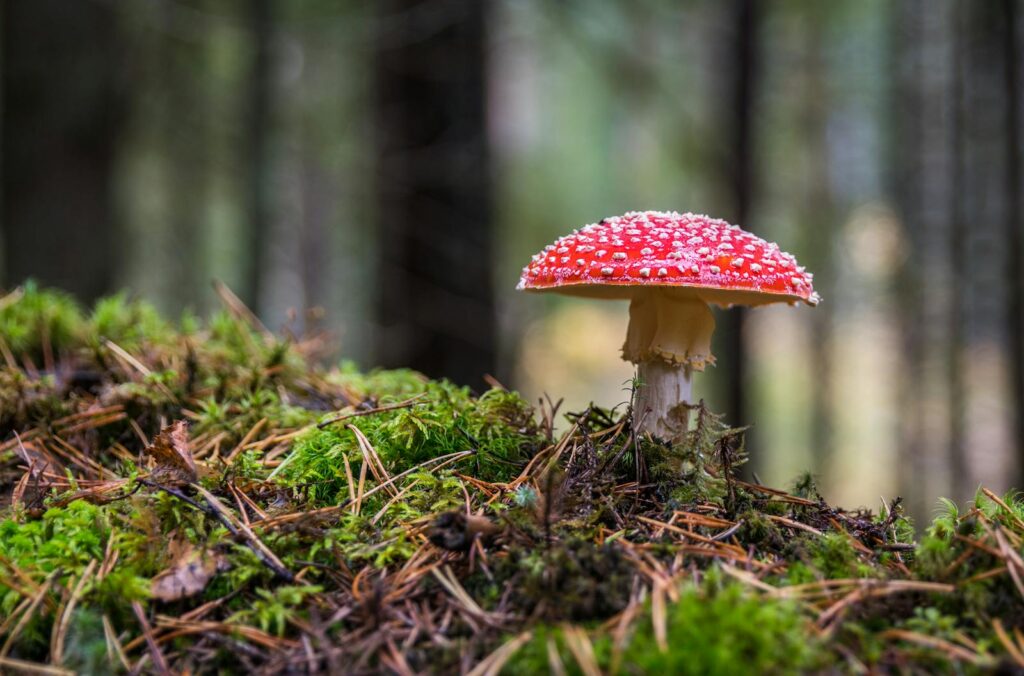
As moisture levels change during decomposition, fungi become increasingly important players in breaking down more resistant biological materials. Various species of molds and mushrooms colonize remains, extending thread-like hyphae into tissues where they release powerful enzymes capable of breaking down complex organic compounds like keratin, collagen, and even cellulose in the stomach contents of herbivores. Unlike most bacteria, fungi can thrive in slightly acidic conditions that develop during later decomposition stages, allowing them to process materials that bacterial decomposers cannot. Some specialized fungi have evolved specifically to break down keratin in hair and nails, resources few other organisms can utilize. Perhaps most importantly, fungal decomposers create essential connections between the nutrients in the decomposing body and surrounding plant life, transferring elements like nitrogen and phosphorus back into the soil ecosystem. This fungal network represents one of the final stages in transforming what was once a living organism into nutrients that will support new life.
The Succession Pattern: A Predictable Procession

The decomposition of a body in the wild follows a remarkably predictable pattern of ecological succession, with different organisms dominating at different stages based on the changing chemical and physical properties of the remains. This succession begins with the fresh stage immediately following death, dominated by bacteria and early-arriving flies. The bloated stage follows as gases build up from bacterial activity, creating ideal conditions for fly larvae development. As the body ruptures and tissues liquefy, active decay brings peak maggot activity and the arrival of beetles. Advanced decay sees maggots migrating away to pupate while beetles and fungi become more prominent. Finally, the dry/remains stage is characterized by the processing of remaining hair, skin, and connective tissues by dermestid beetles, moths, and specialized fungi. This predictable succession is so reliable that forensic scientists can use the decomposer community composition to estimate time since death with considerable accuracy. The succession pattern varies somewhat with climate, season, and habitat, but the general progression remains consistent across diverse environments.
Environmental Factors Affecting Decomposition

The speed and nature of decomposition vary dramatically based on environmental conditions, creating significant differences in how the decomposition army operates across different settings. Temperature is perhaps the most influential factor, with warm conditions accelerating bacterial growth and insect activity—a body may decompose up to four times faster at 38°C compared to 4°C. Humidity and rainfall also play crucial roles, as moist conditions favor bacterial decay while extremely dry environments may lead to natural mummification rather than complete decomposition. Oxygen availability significantly impacts which microorganisms can thrive, with anaerobic bacteria dominating in oxygen-poor environments like underwater locations or deeply buried remains. The surrounding ecosystem type determines which scavengers will access the remains, with forests providing cover for many vertebrate scavengers while open plains favor avian scavengers like vultures. Even soil type influences decomposition, with acidic soils preserving bones longer while alkaline soils accelerate their breakdown, demonstrating how thoroughly environmental context shapes the decomposition process.
The Soil Enrichment Phase

As decomposition nears completion, the final and perhaps most ecologically significant phase begins—the enrichment of surrounding soil with nutrients released from the decomposed organism. This process creates a “cadaver decomposition island,” an area of significantly altered soil chemistry that can persist for years after visible remains have disappeared. Nitrogen, phosphorus, potassium, calcium, and magnesium levels increase dramatically in this zone, sometimes reaching concentrations 100 times higher than surrounding soil. This nutrient pulse initially creates a zone where most plants cannot grow due to the high ammonia concentration, but over time, it transforms into a highly fertile microhabitat. Pioneer plant species eventually colonize this enriched soil, often growing more vigorously than surrounding vegetation. Research has shown that these decomposition islands can influence plant community composition for 3-5 years after decomposition, demonstrating how a single death contributes to ecosystem heterogeneity and biodiversity. This nutrient cycling represents the completion of nature’s decomposition process, transforming what was once a living organism into the building blocks for new life.
Decomposition in Aquatic Environments
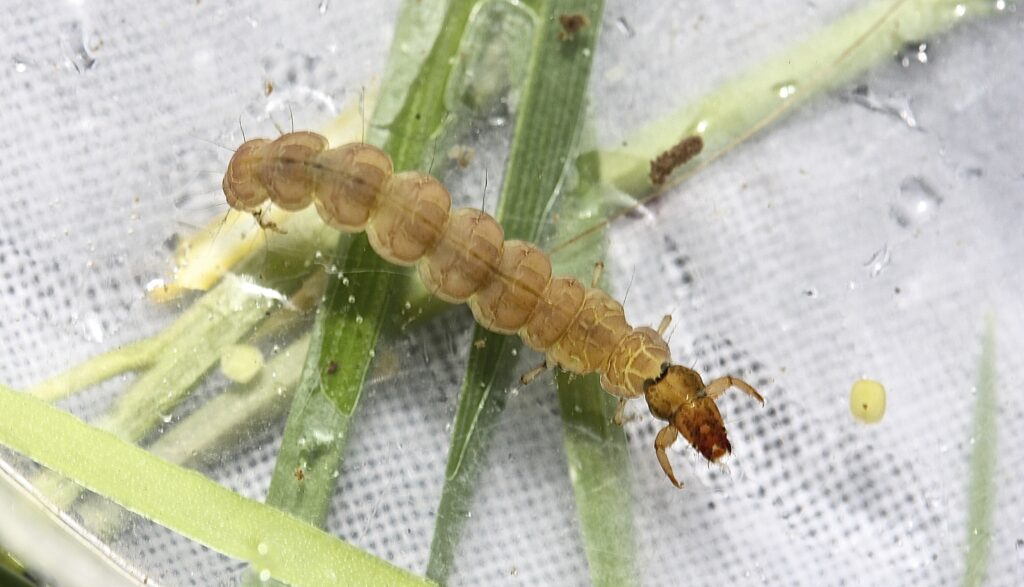
When bodies decompose in water rather than on land, the process follows a distinctly different pattern with its own specialized decomposer community. Submersion significantly slows decomposition, with cold water environments sometimes preserving remains for weeks or months longer than terrestrial settings. Rather than flies and beetles, aquatic insects like caddisflies, water beetles, and certain midge larvae become important decomposers along with crustaceans like crayfish and various aquatic worms. Fish, turtles, and crabs may act as scavengers, replacing the role of terrestrial vertebrates. Unique to aquatic decomposition is adipocere formation—also called “grave wax”—where body fats transform into a soap-like substance that can preserve remains for extended periods, especially in cold, oxygen-poor waters. Bacterial communities in aquatic settings also differ significantly from those on land, with different species adapted to the underwater environment. These differences highlight how the decomposition army adapts to various environmental contexts, maintaining efficiency in nutrient recycling across diverse ecosystems.
The Ecological Significance of Decomposition
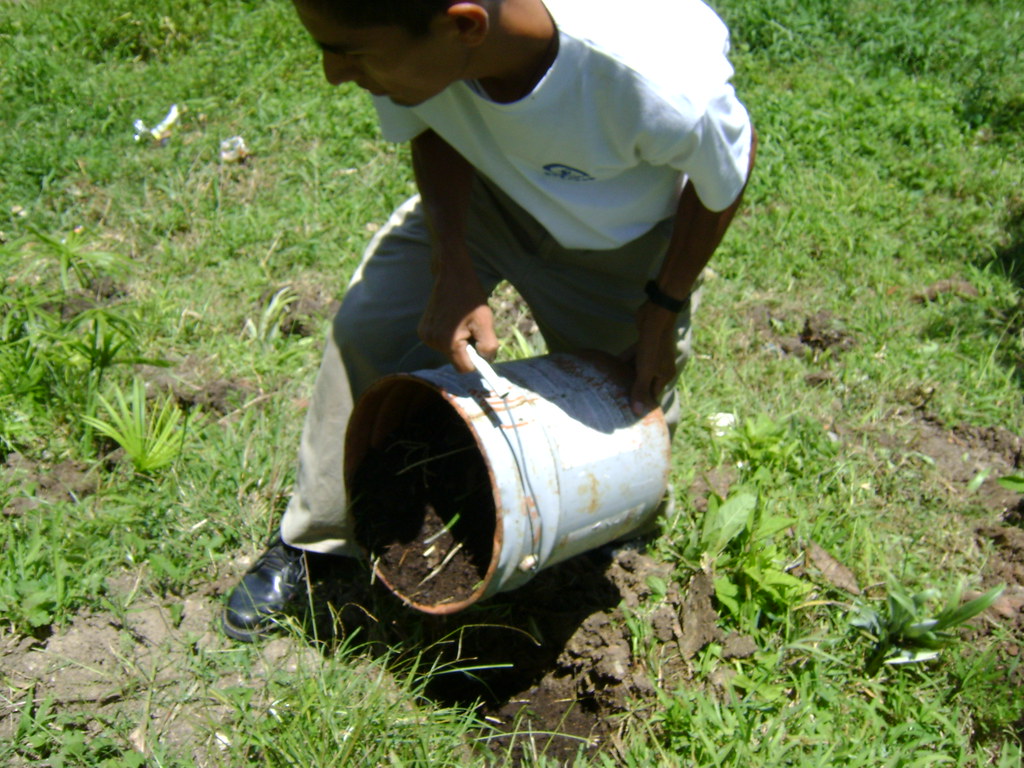
Far from being merely nature’s waste disposal system, decomposition represents one of the most ecologically significant processes in any ecosystem, playing a vital role in nutrient cycling and energy flow. A single large mammal carcass can support over 400 species of invertebrates, vertebrates, and microorganisms, creating a temporary biodiversity hotspot. The nutrients released during decomposition—particularly nitrogen and phosphorus—are often limiting factors for plant growth in many ecosystems, making carcasses important sources of fertility in nutrient-poor environments. Research in African savannas has demonstrated that large herbivore deaths create grazing lawns with distinct plant communities that persist for years, while studies in North American forests show tree growth can be enhanced near decomposition sites. Beyond nutrients, decomposing bodies contribute to soil structure formation and support soil microbial diversity that underpins ecosystem health. By ensuring that the elements that constitute living organisms are recycled rather than locked away, the decomposition army maintains the continuous flow of nutrients that makes life possible, demonstrating that in ecological terms, death is never truly an ending but rather a transformation.
Forensic Applications: What Decomposers Tell Scientists

The predictable patterns of the decomposition army have become invaluable tools for forensic scientists investigating human deaths, creating the specialized field of forensic taphonomy. Entomological evidence—particularly the species, life stages, and succession patterns of insects colonizing remains—can help determine time since death with remarkable precision, sometimes accurate to within hours in the early stages of decomposition. The presence of certain species may indicate whether a body was moved after death, as local insect populations vary geographically and can serve as biological markers of location. Chemical changes in the soil beneath a decomposing body create a decomposition signature that forensic scientists can detect even years after remains have been removed, helping locate clandestine graves. Research facilities known as “body farms” systematically study human decomposition under various environmental conditions, developing increasingly sophisticated methods to interpret the evidence left by nature’s decomposers. Through careful observation of the decomposition army at work, forensic scientists have developed techniques that allow the dead to provide crucial evidence about the circumstances of their deaths, demonstrating how understanding natural processes can serve justice.
Conclusion

The decomposition army represents one of nature’s most efficient and essential systems, transforming death into new life through an intricate sequence of biological processes. From the microscopic bacteria that initiate breakdown to the plants that eventually thrive on released nutrients, each participant in this process plays a vital and specialized role. What might appear as simple decay to casual observation is, in reality, a complex ecological phenomenon involving hundreds of species working in succession to ensure that the valuable elements contained within once-living organisms return to the ecosystem. This natural recycling system has operated for hundreds of millions of years, evolving remarkable efficiencies and adaptations across diverse environments. By understanding the decomposition army and its work, we gain deeper insight into the interconnectedness of all life and death processes—a reminder that in nature, endings invariably become beginnings, and the boundaries between individual organisms blur in the greater context of nutrient cycling and energy flow that sustains the entire biosphere.

